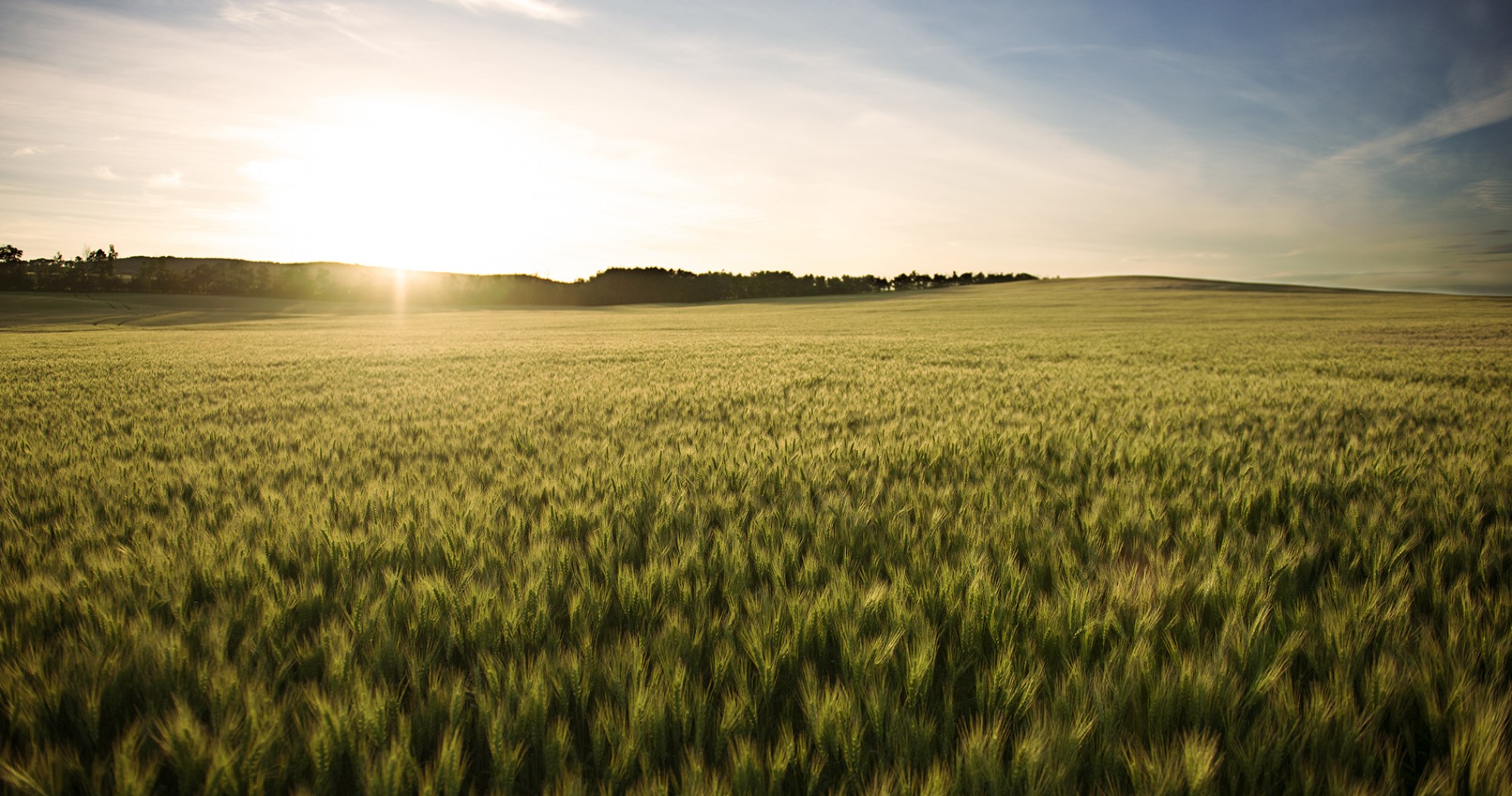A third year of Plot2Farm results
Although farmers are already planning the 2023 crop year, it’s important to reflect and build upon new knowledge and experience learned in 2022. Farmers know that every year there are happy accidents, misfortunes that you’d probably like to forget, and results from careful planning, educated guessing and constant work. You could say it’s the process that keeps farming interesting. One way farmers can continuously build their agronomic knowledge year-to-year is to implement well-structured on-farm research trials.
Over the last three years, the Alberta Wheat and Barley Commissions have funded Plot2Farm: an on-farm research program providing farmer focused results. During 2022, the third season of Plot2Farm, farmers from across the province kicked off twelve on-farm research trials. Ten trials were seen through to completion due to environmental challenges. Results from the ten completed trials provide insight on agronomic farm management such as plant growth regulators, foliar nitrogen fixing bacteria, in-crop split nitrogen applications and changes in row spacing, among others.
The trials implemented in 2022 were proposed by farmer cooperators and developed with the help of supporting accredited agronomists. Each trial implementation plan was developed specific to each farm’s field, equipment, and current agronomic management strategies.
To learn more about the treatments and results within all ten completed trials, or for more information on how to participate in the 2023 season, please visit Plot2Farm.com. If you’re an Alberta wheat or barley farmer whose been thinking about trialing a new agronomic management practice on your farm, now is the time to sign up!
Trials on foliar nitrogen fixing bacteria Utrisha-NTM + Envita®, various locations, Alberta
Over recent years farmers have been affected by the spike in nitrogen costs, concerns regarding fertilizer emissions reduction targets and new nitrogen product potential. With these concerns in mind, four farmers in different growing regions trialed the foliar nitrogen fixing nitrogen products Utrisha-NTM and Envita® on spring wheat and durum during the 2022 Plot2Farm trials.
Each trial applied nitrogen-based, on-farm specific soil tests and yield targets. Utrisha-NTM and Envita® were applied at herbicide timing in a separate tank from the herbicide. At the end of the season, yield and quality data were collected.
Despite multiple locations, environments, management, and varieties, no difference in yield or grain quality was seen when Utrisha-NTM or Envita® were applied (Table 1). These results demonstrate that, although there may be opportunity for in-crop nitrogen fixing foliar bacteria products in Western Canada, the four trials conducted in 2022 displayed no benefits to wheat yield or quality. Farmers should ensure they assess potential value of products like this on their own farm through replicated trials before adoption.
Table 1: Yield results comparing Envita® and/or Utrisha-NTM to untreated checks on spring wheat or durum in Carstairs, Barons (irrigation), Claresholm, and Stoney Plain, Alberta, 2022.

Trial comparing 7.5 inch to 15 inch row spacing, Blackie, Alberta
Residue impact on seeding operations and emergence can be a yearly challenge in higher yielding environments. Narrow row spacing in these conditions can make things worse. To combat these challenges, some farmers are investigating wider row spacing. In addition to reduced residue impact on seeding, wider row spacing can reduce seeding draft, fuel cost, horsepower need, and seeder maintenance costs.
Recently conducted research conducted in Saskatchewan1 indicated that on average, row spacing wider than 12 inches will not impact wheat yield and quality. They also indicated wider geographic research was required and that wider row spacing may reduce a crop’s competitiveness with weeds.
For the 2022 Plot2Farm trial in Blackie, Alberta, grain yield and quality impacts of 7.5 inch row spacing compared to 15 inch row spacing were compared utilizing the Seedmaster UltraSR. Interestingly, 15 inch row spacing decreased yield by three per cent (Table 2). This aligned with a 2021 Plot2Farm trial in Innisfail, Alberta, that resulted in a four per cent decrease in yield when the same two spacings were trialled.
Looking at the results of this year’s row spacing trial in conjunction with the results from last year’s trial held at a different location, there is an emerging trend of decreased yield under 15 inch row spacing compared to 7.5 inch row spacing. Farmers will need to carefully assess the pros and cons of wider row spacing for their operation. The commissions hope that through the research displayed in this trial in addition to research in future years, sound recommendations can be made to protect and enhance farmers’ success.
Table 2: Yield and quality results comparing 7.5 to 15 inch rows on the Canadian Western Red Spring (CWRS) variety CDC Go in Blackie, Alberta, 2022.

Please note that the results of the above trial are specific to a single location in 2022. The trial treatments were randomized and replicated to increase statistical strength.
Reference:
1 May, W. E., Aldous, L., & Lafond, G. P. (2020). Feasibility of a wider row spacing and recommended nitrogen in no-till wheat. Agronomy Journal, 112 (5), 4076-4091.

